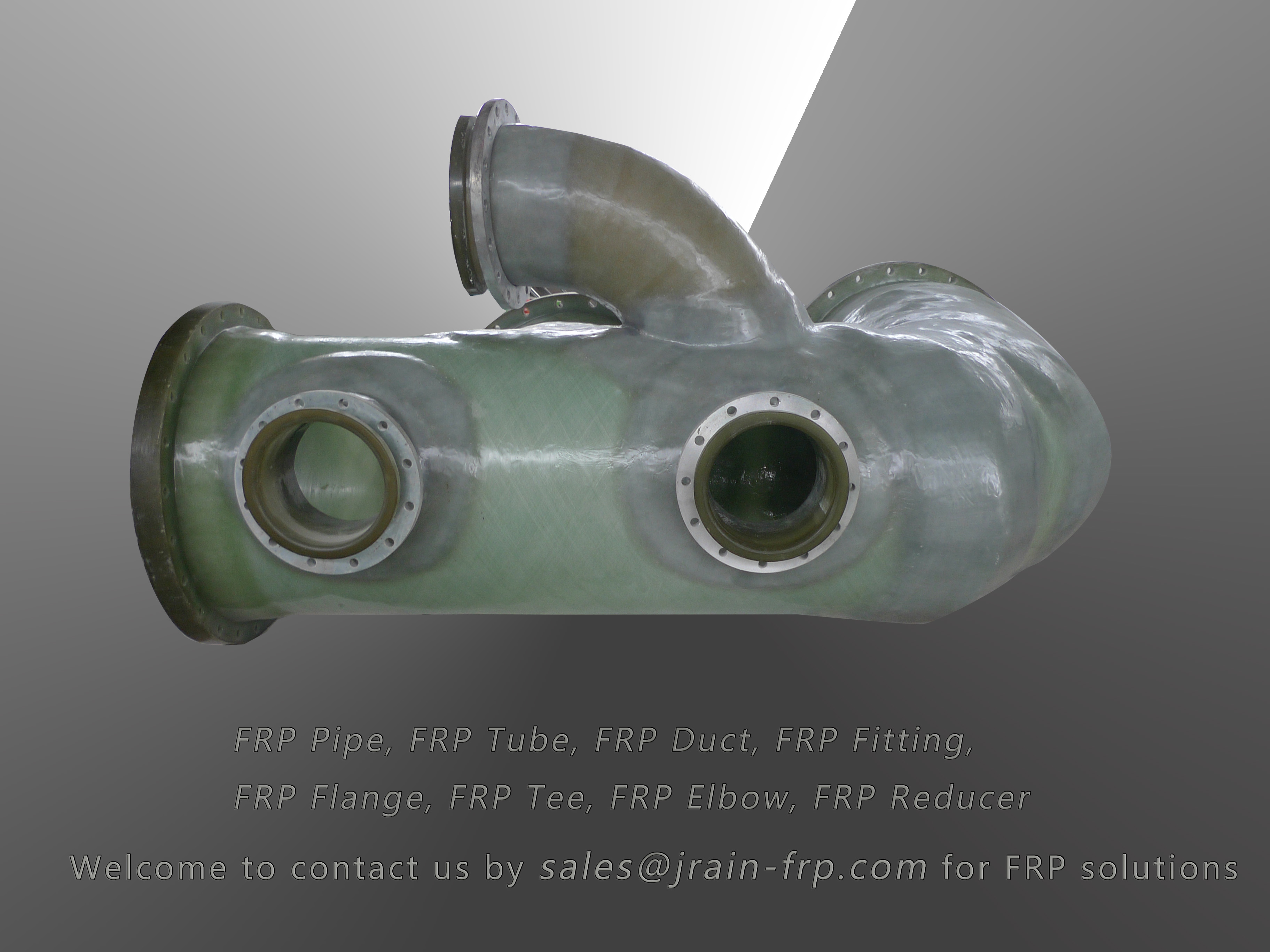
-
 Afrikaans
Afrikaans -
 Albanian
Albanian -
 Amharic
Amharic -
 Arabic
Arabic -
 Armenian
Armenian -
 Azerbaijani
Azerbaijani -
 Basque
Basque -
 Belarusian
Belarusian -
 Bengali
Bengali -
 Bosnian
Bosnian -
 Bulgarian
Bulgarian -
 Catalan
Catalan -
 Cebuano
Cebuano -
 China
China -
 China (Taiwan)
China (Taiwan) -
 Corsican
Corsican -
 Croatian
Croatian -
 Czech
Czech -
 Danish
Danish -
 Dutch
Dutch -
 English
English -
 Esperanto
Esperanto -
 Estonian
Estonian -
 Finnish
Finnish -
 French
French -
 Frisian
Frisian -
 Galician
Galician -
 Georgian
Georgian -
 German
German -
 Greek
Greek -
 Gujarati
Gujarati -
 Haitian Creole
Haitian Creole -
 hausa
hausa -
 hawaiian
hawaiian -
 Hebrew
Hebrew -
 Hindi
Hindi -
 Miao
Miao -
 Hungarian
Hungarian -
 Icelandic
Icelandic -
 igbo
igbo -
 Indonesian
Indonesian -
 irish
irish -
 Italian
Italian -
 Japanese
Japanese -
 Javanese
Javanese -
 Kannada
Kannada -
 kazakh
kazakh -
 Khmer
Khmer -
 Rwandese
Rwandese -
 Korean
Korean -
 Kurdish
Kurdish -
 Kyrgyz
Kyrgyz -
 Lao
Lao -
 Latin
Latin -
 Latvian
Latvian -
 Lithuanian
Lithuanian -
 Luxembourgish
Luxembourgish -
 Macedonian
Macedonian -
 Malgashi
Malgashi -
 Malay
Malay -
 Malayalam
Malayalam -
 Maltese
Maltese -
 Maori
Maori -
 Marathi
Marathi -
 Mongolian
Mongolian -
 Myanmar
Myanmar -
 Nepali
Nepali -
 Norwegian
Norwegian -
 Norwegian
Norwegian -
 Occitan
Occitan -
 Pashto
Pashto -
 Persian
Persian -
 Polish
Polish -
 Portuguese
Portuguese -
 Punjabi
Punjabi -
 Romanian
Romanian -
 Russian
Russian -
 Samoan
Samoan -
 Scottish Gaelic
Scottish Gaelic -
 Serbian
Serbian -
 Sesotho
Sesotho -
 Shona
Shona -
 Sindhi
Sindhi -
 Sinhala
Sinhala -
 Slovak
Slovak -
 Slovenian
Slovenian -
 Somali
Somali -
 Spanish
Spanish -
 Sundanese
Sundanese -
 Swahili
Swahili -
 Swedish
Swedish -
 Tagalog
Tagalog -
 Tajik
Tajik -
 Tamil
Tamil -
 Tatar
Tatar -
 Telugu
Telugu -
 Thai
Thai -
 Turkish
Turkish -
 Turkmen
Turkmen -
 Ukrainian
Ukrainian -
 Urdu
Urdu -
 Uighur
Uighur -
 Uzbek
Uzbek -
 Vietnamese
Vietnamese -
 Welsh
Welsh -
 Bantu
Bantu -
 Yiddish
Yiddish -
 Yoruba
Yoruba -
 Zulu
Zulu
frp car body
The Future of Automotive Design Exploring FRP Car Bodies
In the ever-evolving world of automotive engineering, materials play a crucial role in enhancing vehicle performance, safety, and sustainability. One of the most innovative and promising materials making waves in this sector is Fiber Reinforced Polymer (FRP). As the automotive industry seeks to produce lighter, stronger, and more efficient vehicles, FRP car bodies are emerging as a transformative solution.
The Future of Automotive Design Exploring FRP Car Bodies
Moreover, the durability of FRP is another attractive feature. FRP car bodies exhibit excellent resistance to corrosion and environmental impact, making them particularly suitable for various climates and conditions. Unlike metals, which can be prone to rust and degradation over time, FRP maintains its integrity, leading to longer vehicle lifespans and reduced maintenance costs for consumers. This characteristic not only benefits car manufacturers by decreasing warranty claims but also promotes customer satisfaction.
frp car body

Another significant advantage lies in the versatility of design that FRP allows. The malleability of FRP enables manufacturers to create more complex shapes and structures in their vehicles, facilitating innovative designs that were previously unattainable with conventional materials. This adaptability can lead to improved aerodynamics and, consequently, enhanced performance. In recent years, car companies have begun to embrace this design freedom, resulting in some striking vehicles that break the mold of traditional automotive aesthetics.
The manufacturing process of FRP also presents opportunities for efficiency. Techniques like pultrusion and resin transfer molding allow for the mass production of FRP components, streamlining the manufacturing process while maintaining high quality. As demand for electric vehicles (EVs) and other alternative powertrains rises, the efficient production capabilities of FRP can play a pivotal role in meeting consumer expectations for quick turnarounds and innovative designs.
However, challenges still remain in the widespread adoption of FRP car bodies. Issues such as the high cost of raw materials and the need for specialized recycling processes are areas that the industry must address. Despite these hurdles, ongoing research and improvements in manufacturing technologies suggest a bright future for FRP in the automotive landscape.
In conclusion, FRP car bodies represent a significant step forward in automotive design and engineering. With their advantages of weight reduction, durability, versatility, and production efficiency, they align well with the industry’s goals of sustainability and innovation. As the automotive sector continues to adapt and evolve, FRP is likely to play a critical role in shaping the vehicles of tomorrow, paving the way for a sustainable and exciting future on the roads.









